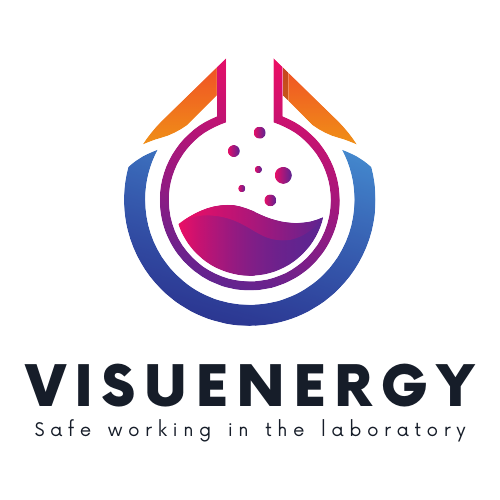
|
Welcome to VISUENERGY modelling tutorials!
|
In these tutorials, we will introduce you to some fundamental calculations in computational chemistry using the CRYSTAL code. Designed to complement inorganic materials chemistry laboratory experiences, these tutorials aim to help you build a solid foundation in computational chemistry. You’ll study how to model molecular and periodic systems and calculate important properties that are essential for understanding and simulating materials. From constructing an input file to interpreting the output, you will learn step by step how to perform some important computational chemistry tasks.
We will cover essential topics such as:
- Optimizing geometries
- Calculating one-electron properties like band structure, density of states, and electron charge density
- Simulating vibrational spectra (IR and Raman)
- Computing reaction energies, cohesive energies of molecular crystals, and the relative stability of different polymorphs
- Investigating the effects of basis set size and functional choice on calculation outcomes
Each tutorial will focus on a specific example to give you hands-on experience:
- Sodium amide (NaNH2) – a pivotal material for hydrogen storage – will be the focus of our first tutorial.
It has been divided in 4 main parts:- NaNH2 – Part 1: Introduction
- NaNH2 – Part 2: Periodic systems and their properties (NH3 case)
- NaNH2 – Part 3: Periodic systems and their properties (Na and NaNH2 cases) and calculation of reaction energy
- NaNH2 – Part 4: Simulation of vibrational spectra
- In the second tutorial, we will explore three different TeO2 allotropes, an important material for studying Chemical Vapor Transport (CVT).
- The third tutorial will investigate titanocenes, which serve as color indicators and are commonly used to learn standard Schlenk line techniques used in the synthesis of air-sensitive materials..
By the end of these tutorials, you'll have a solid foundation in using the CRYSTAL code for a wide variety of applications in inorganic materials chemistry.